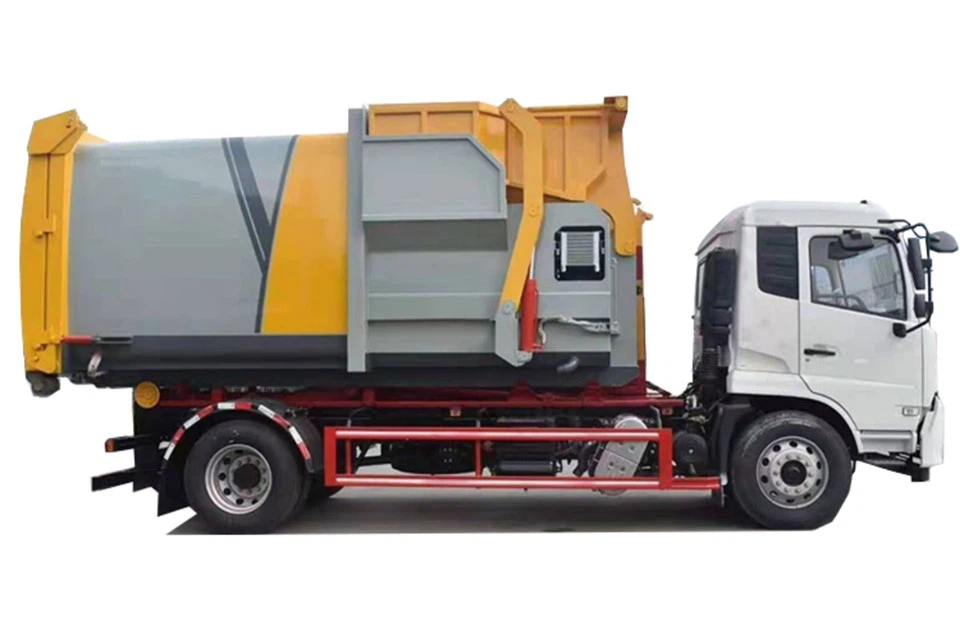Ultimate Guide to Micro Surfacing Machines: Your Comprehensive Resource

Introduction
Micro surfacing machines have revolutionized the way we maintain and rehabilitate asphalt pavements. This innovative technology offers an efficient and durable solution to surface deterioration, enhancing the longevity of roads and highways. Whether you are a contractor, civil engineer, or a municipal official, understanding micro surfacing machines and their applications is essential. In this article, we will delve into the intricacies of micro surfacing machines, providing insights, examples, and tips to optimize their usage.
What is a Micro Surfacing Machine?
A micro surfacing machine is specialized equipment used for applying a thin layer of high-quality, polymer-modified asphalt emulsion to the pavement surface. This process helps to restore surface integrity, prevent water infiltration, and extend the pavement’s lifespan. Micro surfacing is often used for various applications, including roads, parking lots, and airports.
Key Components of a Micro Surfacing Machine
Understanding the components of a micro surfacing machine is vital for proper operation and maintenance. The main parts include:
- Mixing Chamber: Where the asphalt emulsion, aggregate, and other additives are mixed.
- Application Squeegee: Used to spread the mixed material evenly across the surface.
- Controller System: Regulates the mixing and application process, ensuring consistent results.
- Water System: Supplies water for cleaning and preventing material from sticking to the machine.
Benefits of Using Micro Surfacing Machines
Micro surfacing machines offer numerous advantages for pavement maintenance. Here are some key benefits:
1. Cost-Effectiveness
Micro surfacing is significantly cheaper than complete road replacement or overlay solutions. By utilizing existing pavement and applying a thin layer of material, municipalities can save money without compromising quality.
2. Quick Application
Micro surfacing can typically be applied in a single day, allowing roads to reopen quickly without long interruptions to traffic flow.
3. Surface Longevity
By sealing the surface and preventing water infiltration, micro surfacing enhances the durability of the pavement, extending its lifespan by several years.
4. Environmental Benefits
This technique reduces the need for new materials, laying the groundwork for more sustainable infrastructure practices.
Applications of Micro Surfacing Machines
Micro surfacing machines can be employed in various applications, making them versatile tools for maintenance and rehabilitation. Common applications include:
1. Road Rehabilitation
Many municipalities use micro surfacing for rehabilitating deteriorating roads, effectively addressing issues like rutting, cracking, and surface wear.
2. Parking Lots

Micro surfacing is also a popular choice for parking lot maintenance, providing a neat and durable surface for vehicles.
3. Airport Runways
The aviation industry has adopted micro surfacing to maintain and enhance runway conditions, improving safety and performance.
4. Highways and Interstates

Highway departments frequently use micro surfacing to prolong the life of busy interstates and highways, where wear and tear occur more rapidly.
How to Operate a Micro Surfacing Machine
Operating a micro surfacing machine requires skill and knowledge. Here are steps to ensure proper operation:
1. Pre-Operation Inspection
Before beginning, operators should conduct a thorough inspection of the machine, checking for leaks, ensuring all components function properly, and calibrating the settings as necessary.
2. Preparing the Surface
The pavement surface must be clean and free of debris. This may involve sweeping or pressure washing the area.
3. Mixing Ingredients
Proper mixing of the asphalt emulsion, water, and aggregate is crucial. Follow the manufacturer’s guidelines to achieve the correct ratios.
4. Application Process
As the machine moves, the material must be applied uniformly using the squeegee, ensuring consistent coverage across the surface.
5. Curing Time
Allow time for the surface to cure before opening it to traffic. Curing times can vary based on temperature and humidity, so it’s crucial to follow manufacturer recommendations.
Maintenance of Micro Surfacing Machines
Regular maintenance of micro surfacing machines is essential to ensure long-term reliability and performance.
1. Daily Maintenance Checks
- Inspect oil levels
- Check for leaks
- Clean the mixing chamber and application squeegee after each use
2. Regular Servicing
Schedule regular servicing with a certified technician to inspect major components and ensure optimal operation.
3. Maintain the Controller System
Ensure that the controller system is always updated and functioning correctly, as it regulates many critical aspects of the machine’s operation.
Practical Examples of Micro Surfacing Projects
Here, we provide examples of successful micro surfacing projects that illustrate the efficiency and effectiveness of micro surfacing machines:
1. City Road Rehabilitation
A city in California utilized micro surfacing to rehabilitate over 10 miles of deteriorating roads. The project reduced costs by over 50% compared to traditional milling and overlay methods, and the application time was reduced to just three days.
2. Airport Runway Maintenance
An airport in Texas opted for micro surfacing to enhance runway friction and prevent water accumulation. The project was completed in one night, minimizing disruption to flight schedules.
Choosing the Right Micro Surfacing Machine

When selecting a micro surfacing machine, consider the following factors:
| Factor | Description |
|---|---|
| Machine Size | Choose a machine size based on the scale of your projects, whether small parking lots or large highways. |
| Mixing Capacity | Ensure the machine meets your production capacity needs, especially for larger jobs. |
| Transportability | Opt for a machine that can be easily transported to different job sites. |
| Operator Training | Consider models that come with operator training and support for easier adaptation. |
Economics of Micro Surfacing
Understanding the economics of micro surfacing can help contractors and municipalities make informed decisions regarding budget and project scope. Here are several key economic aspects to consider:
1. Initial Costs vs. Long-Term Savings
Although the initial cost of micro surfacing may seem competitive, the long-term savings generated by extending pavement life and reducing maintenance frequency are significant.
2. Estimated Lifespan
Micro surfacing can extend the life of a pavement by 7 to 10 years, making it an economically favorable option for many projects.
3. Project Funding and Grants
Many government programs and grants support infrastructure improvements, including micro surfacing. Research available funding opportunities to help offset project costs.
Future Innovations in Micro Surfacing Technology
As technology evolves, so do micro surfacing machines. Here are some expected innovations to watch for in the coming years:
1. Green Materials
Future micro surfacing projects may incorporate more sustainable materials and practices, reducing environmental impact.
2. Enhanced Automation
The rise of automation in construction may lead to more automated micro surfacing machines, improving consistency and reducing labor costs.
3. Smart Technology
Integrating smart technology that allows real-time monitoring of application quality and conditions may become a standard feature in new machines.
FAQs About Micro Surfacing Machines
1. What is the difference between micro surfacing and seal coating?
While both processes aim to restore pavement surfaces, micro surfacing uses a thicker layer and is more durable, making it suitable for more significant repairs compared to seal coating.
2. How long does a micro surfacing application last?
A proper micro surfacing application can last between 5 to 10 years, depending on traffic volumes and environmental conditions.
3. Can micro surfacing be applied in wet conditions?
No; micro surfacing requires dry conditions for proper adhesion and curing. Therefore, it is essential to schedule applications during dry weather.
4. How long does it take to apply micro surfacing?
Typically, micro surfacing can be applied in one day, but times may vary based on project size.
5. What materials are used in micro surfacing?
Micro surfacing consists of polymer-modified asphalt emulsion, aggregate, water, and additives for improved performance.
6. Is micro surfacing suitable for all types of pavements?
Micro surfacing is generally effective on asphalt pavements. However, for concrete surfaces, other methods may be more appropriate.
